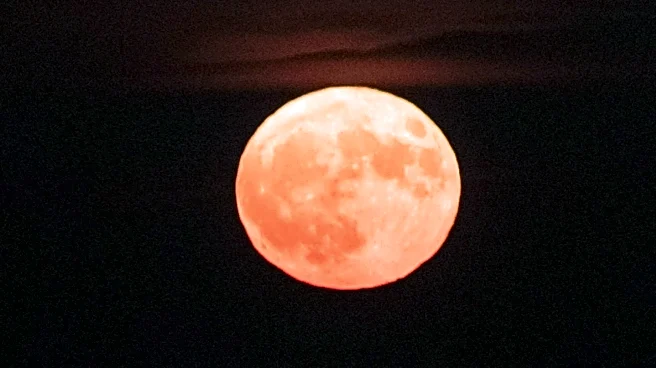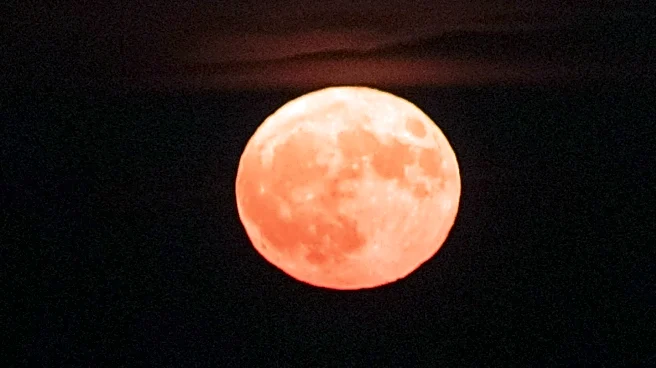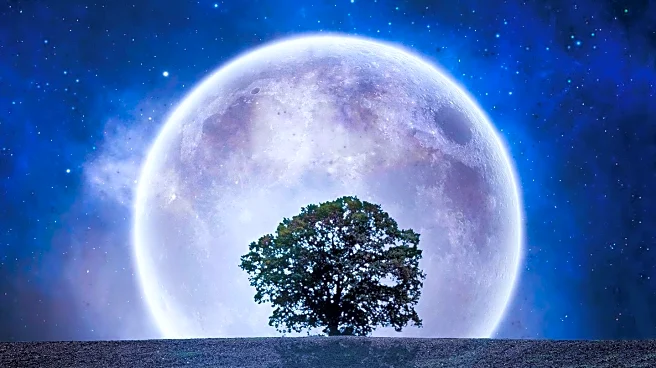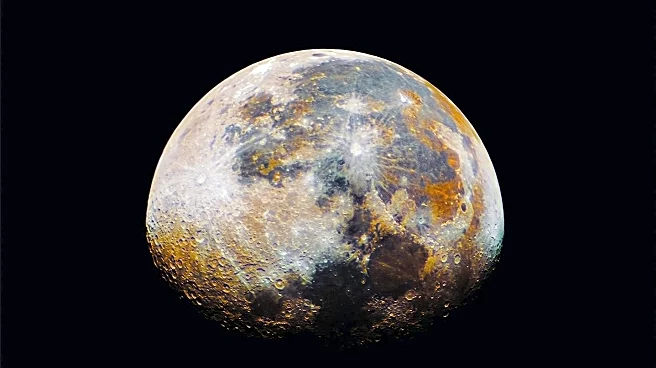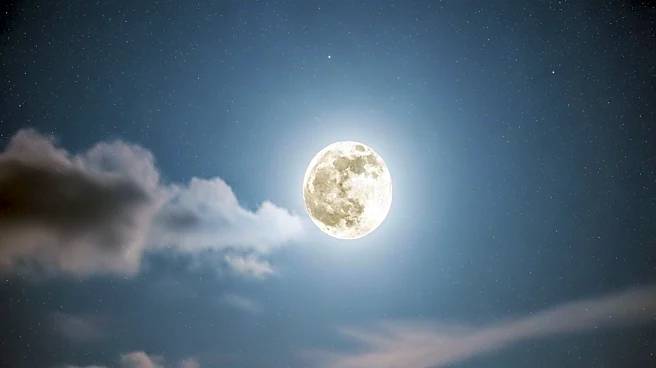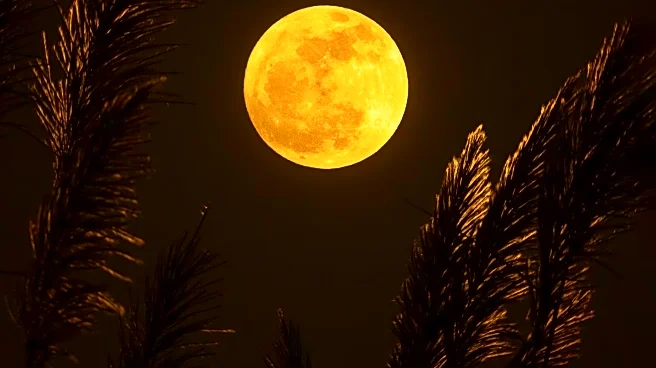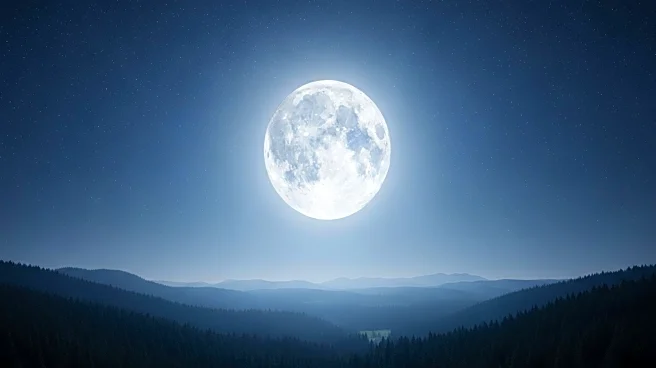What's Happening?
The Harvest Moon, the first supermoon of the year, illuminated the night sky on October 6, 2025. This supermoon occurs when the moon is at its closest point to Earth, making it appear larger and brighter. The Harvest Moon is traditionally the full moon closest to the autumn equinox, providing light for farmers to harvest crops. This year, the moon's proximity to Earth enhanced its size and brightness, offering a spectacular view for skywatchers. The event is the first of three consecutive supermoons expected this year.
Why It's Important?
The Harvest Moon's occurrence as a supermoon is significant for both cultural and scientific reasons. Culturally, it marks the end of the harvest season, a time when farmers historically relied on the moon's light to complete their work. Scientifically, the supermoon provides an opportunity to study the moon's effects on Earth, including its impact on tides and natural phenomena. The event also highlights the moon's orbital dynamics and its influence on our planet, drawing interest from astronomers and enthusiasts alike.
What's Next?
Following the Harvest Moon, two more supermoons are expected in November and December. These events will continue to offer opportunities for observation and photography. As the moon's proximity to Earth increases during these supermoons, scientists and enthusiasts will have further chances to study its effects and capture stunning images. The anticipation for these celestial events is likely to grow among the astronomical community and the general public.
Beyond the Headlines
The supermoon phenomenon may lead to increased interest in lunar research and exploration. Discussions on the cultural significance of lunar events could also be sparked, exploring the moon's role in folklore and traditions across various cultures. Additionally, the supermoon may inspire new scientific inquiries into the moon's influence on Earth, potentially leading to advancements in our understanding of lunar dynamics.

